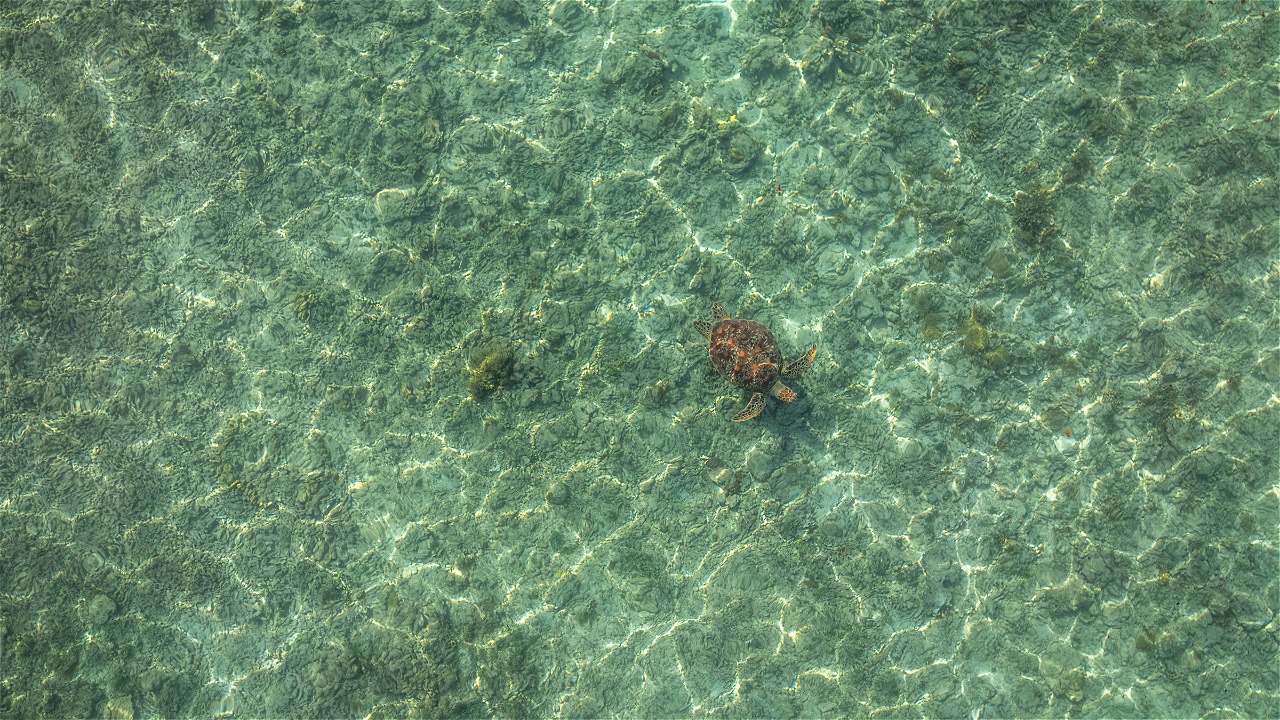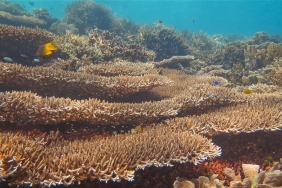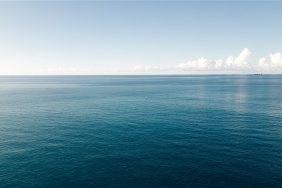BYCATCH PROGRAM: MITIGATION TECHNOLOGY DEVELOPMENT
The productivity of the fisheries sector has its own portion in the business industry in Indonesia. Various fishing gears are modified and designed in such a way as to be more efficient in capturing target fish. One of the fishing gears that is currently widely used in tuna fishing is the tuna longline.
In recent years, the use of longlines has become a concern. This is because longlines can catch not only tuna, but also bycatch species, especially sea turtles. With this in mind, Indonesia has begun to adopt mitigation technologies to reduce the number of turtles and sharks that are accidentally entangled.
Circle Hook
Circle hook was introduced in Indonesia since 2006. Circle hooks have a larger diameter than J Hooks and a circular tip so that when trapped by the bait, turtles can easily escape. In fact, after being implemented by most fishermen in Indonesia, the amount of turtle bycatch has been decreasing. In addition, the number of tuna catches as the target has increased.
Green LED Light
In addition to the circle hook, in 2014, WWF conducted a series of experiments on fishing gear technology that can reduce bycatch of endangered and protected biota in the waters of Paloh, West Kalimantan using green LED lights on fishermen's nets.
The use of LED technology signaled that green light is dazzling to sea turtles but not to the target fish caught by fishermen. As a result, green lights can reduce bycatch by 50%.
In addition, the use of LED lights also increases the main catch of fishermen, namely white pomfret and black pomfret. The application of this technology is an innovation to support sustainable fisheries and encourage environmentally friendly fishing gear policies.
Modified Permanent Magnet Fishing Line, A - Tool, and ESS (Electro Shield System)
Since 2015, the Directorate of Vessels and Fishing Gear (KAPI) - Ministry of Maritime Affairs and Fisheries (KKP) together with WWF-Indonesia organized the Environmentally Friendly Fishing Gear Competition (API Ramli) in search of selective but efficient fishing gear innovations as a form of responsible fisheries management.
From hundreds of ideas and innovations that were contested, three inspiring eco-friendly fishing gear modifications were selected, including Permanent Magnet Fishing Gear Modification, A - Tool, and ESS (Electro Shield System).
Permanent Magnet Fishing Line
The use of permanent magnet fishing line on longline vessels in Takalar, showed the effect of the magnetic force of the fishing line on the catch of ketambak fish as seen in the average hook rate. For ordinary fishing line is 1.6%, while the average hook rate for permanent magnet fishing line is 4%, and 0% for shark bycatch.
Electro Shield System
Operation of the Electro Shield System at a frequency of 55-100 Hz installed on gill net fishing gear in Banyuwangi, increased several species of reef fish that do not have electroreceptor organs without any shark bycatch in each net drop.
Audiosonic Tool (A-Tool)
Trials using the A-Tool at frequencies of 400-499 Hz in floating cages and in net fishing gear in Banyuwangi showed that at these frequencies it can attract several species of reef fish. However, it is very unfavorable to sharks, which is indicated by the absence of sharks approaching and being caught at a frequency of 400-499 Hz.
These three fishing gears were able to reduce the number of sharks caught by fishermen without having any effect on the main catch. They tend to stay away from the modified fishing gear. In the future, innovations will continue to be sought and made in the development of more efficient mitigation technologies to reduce the amount of bycatch.




